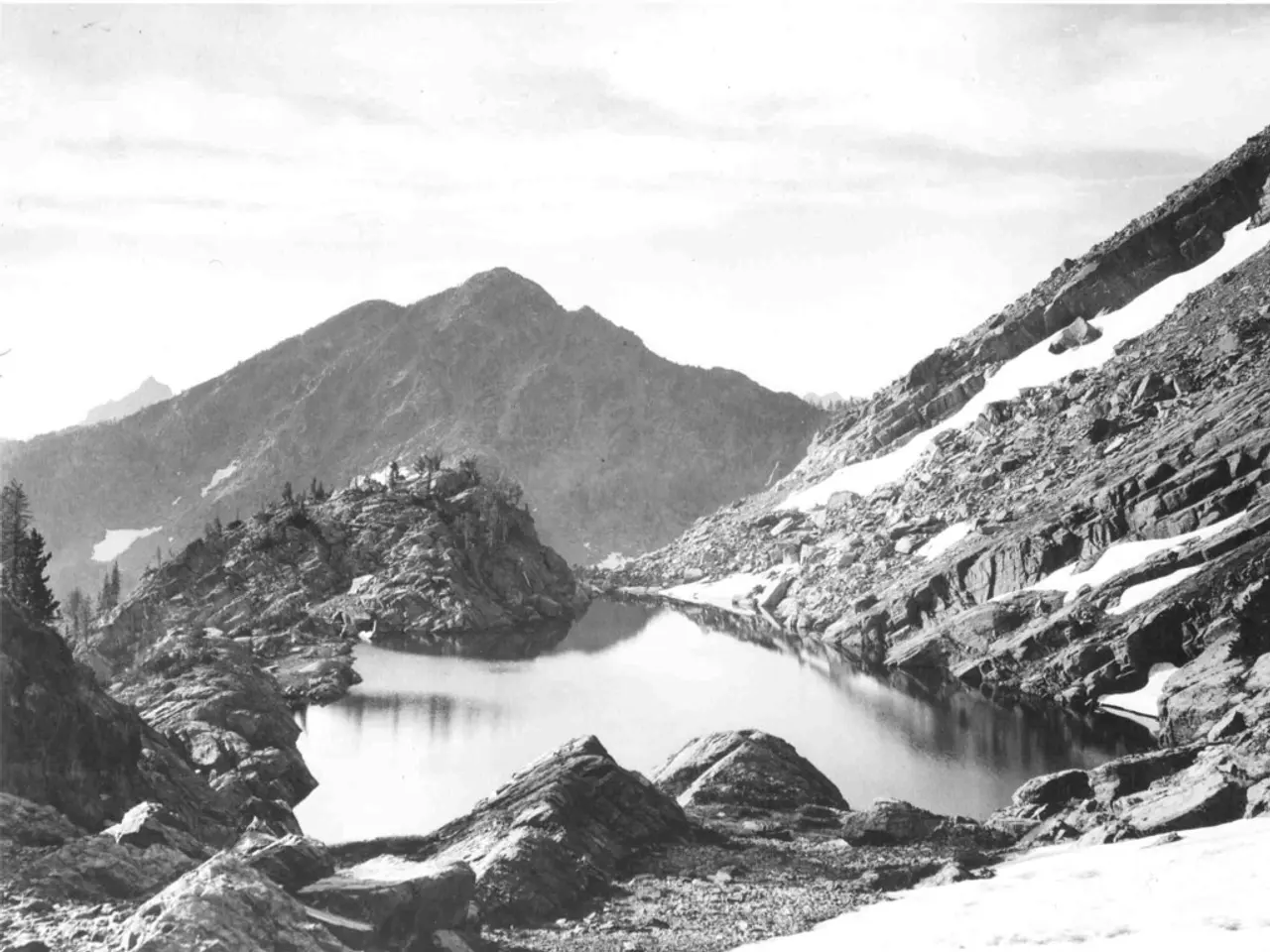Top Activities at Capitol Reef National Park
Nestled in the heart of south-central Utah, Capitol Reef National Park is a haven for outdoor enthusiasts, history buffs, and nature lovers alike. This expansive park, known for its vibrant red cliffs, twisting canyons, and unique geology, offers a diverse range of activities that cater to various interests.
Scenic Drives and Hiking Trails
The Capitol Reef Scenic Drive along Utah State Route 24 is a must-do for visitors. This drive offers spectacular views of the Fremont River, Navajo sandstone domes, cliffs, orchards, and historic buildings without a park fee.
For those seeking more active pursuits, popular hiking trails include the Hickman Bridge Trail, leading to a natural arch spanning 133 feet, and the Cassidy Arch, a notable rock arch. Other trails like Grand Wash, Rim Overlook and Chimney Rock Loop, and Capitol Gorge Trail provide panoramic vistas and historical insights.
Natural Viewpoints and Historical Sites
Panorama Point and Sunset Point are excellent spots to watch colorful sunrises and sunsets over red rock formations. Goosenecks Overlook, a short hike to a canyon carved by Sulphur Creek resembling a gooseneck, is another point of interest.
The Fruita Historic District, settled by Mormon pioneers in the late 1800s, is the cultural heart of Capitol Reef National Park. Here, visitors can explore preserved orchards, a historic schoolhouse, the Gifford Homestead, and the Gifford House Museum and Store. The Fremont River Trail in the district offers peaceful views and birdwatching opportunities.
Remote Adventures
For those seeking more remote and challenging experiences, Capitol Reef's backcountry offers unparalleled adventures. Upper and Lower Muley Twist Canyons and Halls Creek provide challenging hikes through twisting slot canyons and high viewpoints. Permits are required for overnight trips.
The Cathedral Valley Loop, accessible only with a high-clearance or 4WD vehicle, features dramatic monoliths like the Temple of the Sun and Temple of the Moon. This remote area offers rugged, less-visited landscapes and backcountry hiking opportunities.
Planning Your Visit
The best time to visit Capitol Reef National Park is during spring and fall, with summers being hot and monsoon season (July-September) posing a risk of flash floods. A vehicle with high clearance is recommended, especially for remote areas.
There is a fee to enter the Scenic Drive area ($20 per vehicle). Driving on Highway 24 is free. Overnight backpacking in Capitol Reef's backcountry is permitted, with free permits available.
Accommodations and dining can be found in the nearby town of Torrey, as there are no lodges in Capitol Reef National Park.
Capitol Reef National Park is a photographer's dream, with magical lighting at sunrise and sunset, especially at points like Sunset Point, Panorama Point, and Cassidy Arch. The park's unique geology and natural beauty make it a photographer's and nature lover's haven.
Because of its vast size and many unpaved roads, a vehicle with high clearance is recommended, especially for remote areas. With its diverse range of activities, Capitol Reef National Park offers an unforgettable experience for all who visit.
Read also:
- Urgent investment: Province funds 5.3 million dollars for expanding primary care in Elgin-Middlesex-London area
- Federal Environmental Protection Agency under scrutiny for alleged manipulation of soil sample results following East Palestine catastrophe
- Lengthy Common Colds vs. Long COVID: Distinctive and Shared Symptoms Explored
- Healthcare scenario in Kaarst, Rhine area: A look at the medical situation in the Rhine region, specifically focused on Kaarst.





